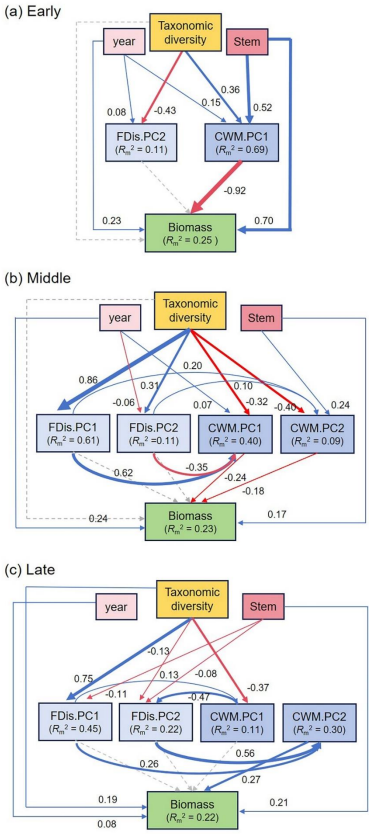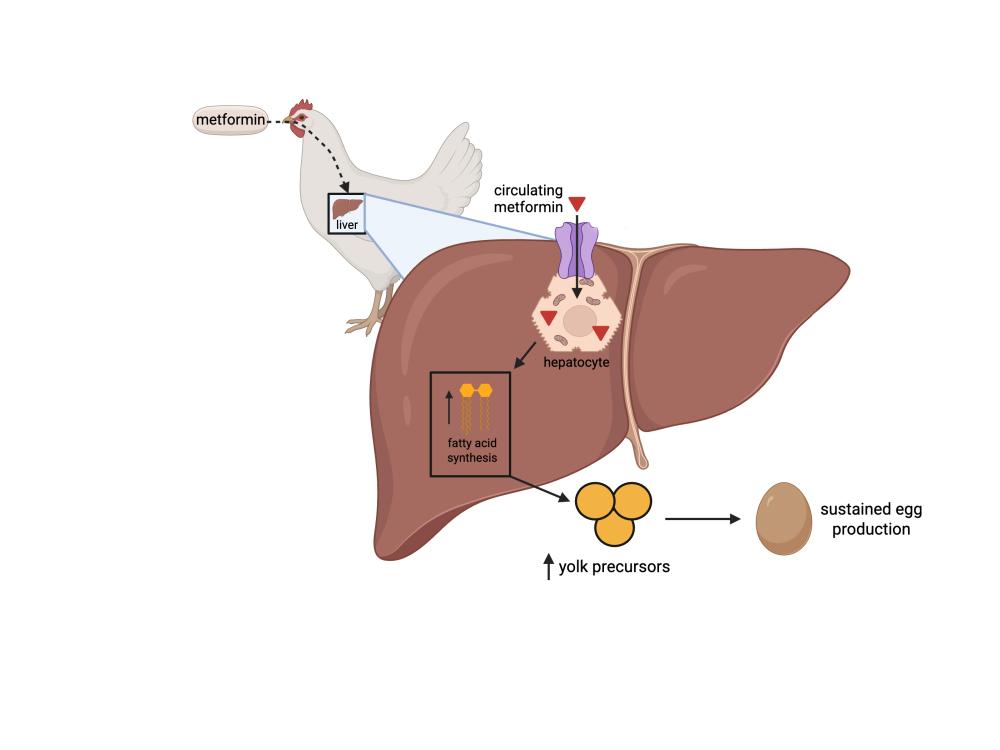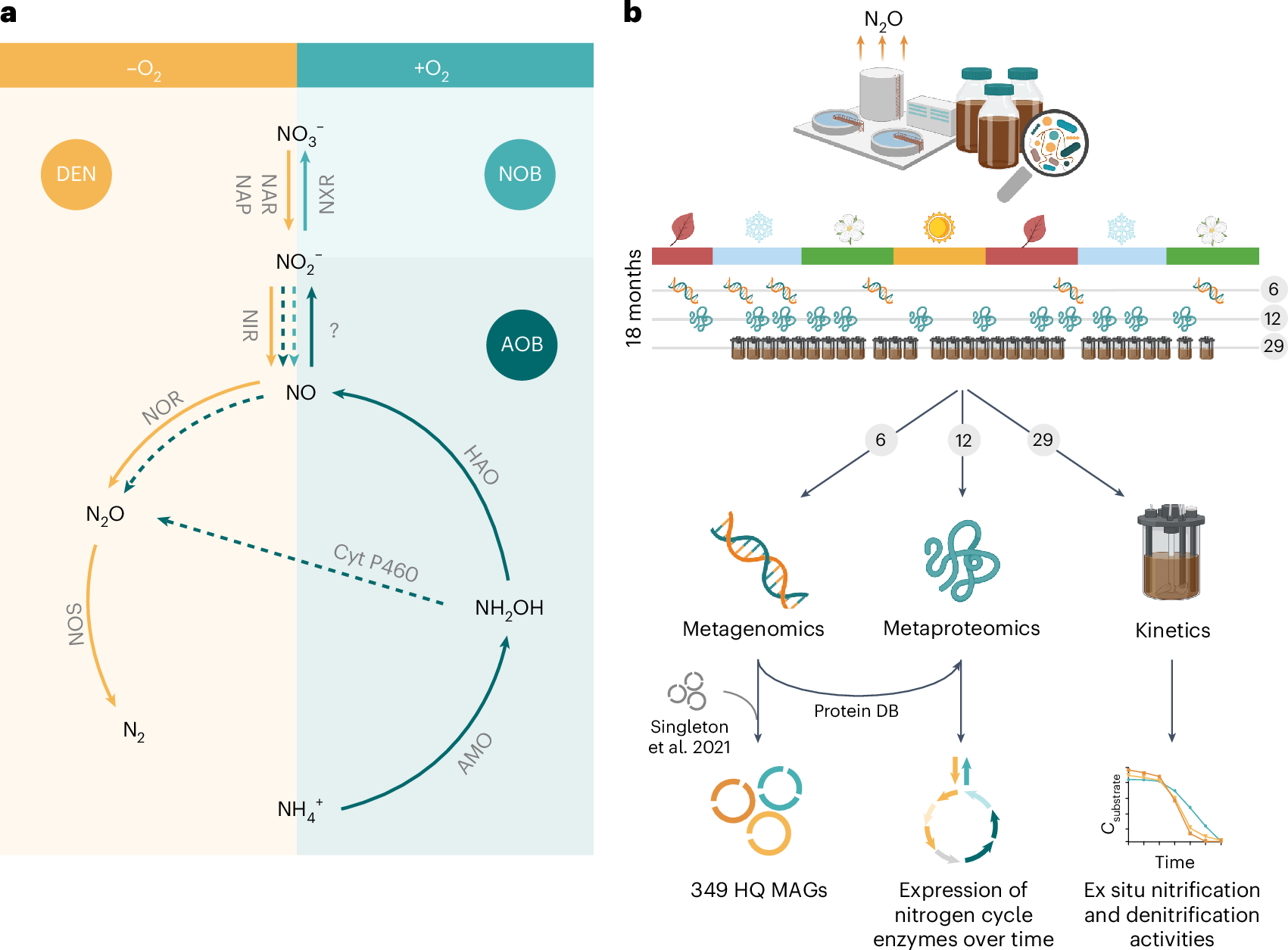2025-04-29 中国科学院(CAS)
<関連情報>
- https://english.cas.cn/newsroom/research_news/life/202504/t20250430_1042411.shtml
- https://academic.oup.com/jpe/advance-article/doi/10.1093/jpe/rtaf038/8099127?login=false
亜熱帯林の遷移において分類学的多様性は主に機能的優位性によって地上部バイオマスを予測する Taxonomic diversity predicts aboveground biomass mainly through functional dominance across subtropical forest succession
Chun-Feng Gu , De-Yi Yin , Marc W Cadotte , Hui Liu , Qing Ye
Journal of Plant Ecology Published:28 March 2025
DOI:https://doi.org/10.1093/jpe/rtaf038

Abstract
Studies on diversity-biomass relationships (DBRs) provide insights into the mechanisms underlying ecosystem functioning and services. While manipulative experiments indicate that both functional diversity and functional dominance influence biomass, with functional diversity often becoming the stronger predictor over time, their relative contributions during natural forest succession remain unclear. Here, we analyzed tree data from 2010 to 2020 across early, middle and late successional forests in subtropical China to investigate how the effect of taxonomic diversity on aboveground biomass (AGB) is related to shifts in the roles of functional diversity and functional dominance of five functional traits, corresponding to the complementarity and biomass ratio hypothesis. Our results showed that mean AGB increased with succession, reaching its highest at the middle stage. Taxonomic diversity influenced AGB primarily through its impact on functional properties rather than directly. From early to late successional stages, functional dominance consistently emerged as the stronger predictor of AGB compared to functional diversity. Specifically, in earlier stages, the dominance of species with fast leaf economic traits directly and negatively impacted AGB, whereas in the late stage, the dominance of tall species had a direct positive impact. Although functional diversity contributed increasingly to AGB in a positive manner during succession, its effect was primarily indirect, largely mediated through functional dominance. Overall, our findings support the biomass ratio hypothesis as the primary mechanism underlying DBRs throughout succession. This highlights the importance of functional dominance in driving forest biomass production and emphasizes the need to consider dominant species’ traits in forest management and restoration strategies.



